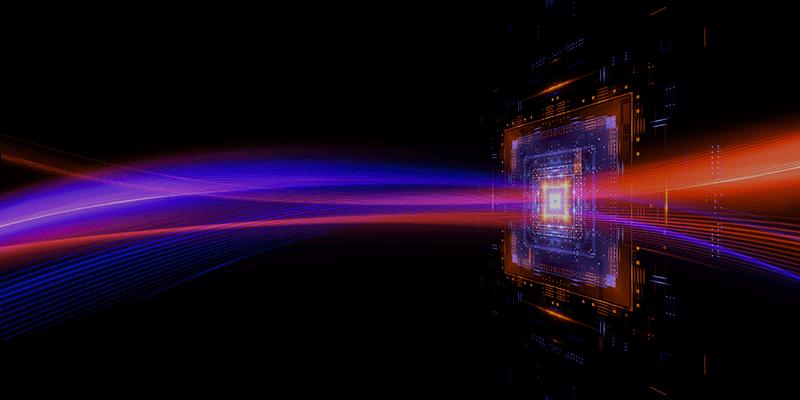What is 3D NAND flash and how does it work?
SSDs based on NAND flash have advantages of low power, high speed and reliability. There is still a price premium compared to traditional HDDs; however, newer devices based on 3D NAND flash are becoming ever more competitive in the storage market.
The cost of storage
The cost of a silicon chip is proportional to the area, and largely independent of what’s on it. As a result, the cost-per-byte of NAND flash memory depends on how many bits can be stored on a chip of a given size. There are several techniques that have been used to increase the storage density of NAND flashes.
The first technique involves reducing the size of the cell. This was made possible by the continuous evolution of manufacturing processes that allowed ever smaller features to be fabricated. However, this shrinking eventually reached its limits. It also resulted in some unwanted side effects, such as greater leakage currents and higher error rates.
The other innovation was to store more bits in each cell. Instead of a single level cell (SLC) that could store only one bit of data, modern flash memories began to store two (MLC), three (TLC) or even four (QLC) bits per cell. This meant that multiple levels had to be precisely programmed and measured. While this technique did increase the storage density, it too became a trade-off against reduced performance, shorter lifetime and higher error rates.
Moving to the third dimension
The next step was to move into the third dimension.
Instead of laying out an array of memory cells across the surface of the chip, multiple layers of memory cells were deposited to create a complete thee-dimensional structure in the silicon. This allowed much more storage in the same surface area and, just as importantly, allowed shorter connections to the data which enabled faster data transfers.
3D NAND flash can still adopt the same SLC, MLC and TLC techniques as planar memories to further increase the storage densities available. Because of the extra storage density, 3D NAND flash can use these slightly older process technologies with larger cell sizes and still have an advantage over the classic planar designs. Using these processes means that both power consumption and error rates are reduced.
What are the pros and cons of 3D NAND flash?
The main benefit of 3D NAND flash is the reduction in the cost per byte. This is because it packs more bits per unit area of the chip. As a result, consumer SSDs with capacities of 1 or 2 TB are now available at reasonable prices.
It’s important to acknowledge, this greater storage density comes with a cost: the extra complexity of the fabrication process. Making 3D chips requires many more processing stages. Minuscule amounts of contamination or small errors in processing at any of these stages can result in a device that is unusable. This makes the fabrication of 3D chips significantly more expensive. However, this is more than offset by the much higher storage density. Even if the chips cost twice as much to manufacture, the cost per byte is still reduced significantly.
The memory cells in a 3D NAND chip are closer together than if they were spread outer over the surface of a 2D device. This means that signals do not have to travel so far which reduces their latency and depending on the application in which data is being stored can result in higher memory performance. Ultimately, reducing the distance that signals need to be sent can reduce the power consumption in certain applications and use cases.
Conclusion
While 3D NAND flash may be the right choice in terms of storage capacity and cost per byte, making effective use of 3D NAND flash memory is highly dependent on the flash memory controller. This requires a high-quality flash memory controller to efficiently manage the large storage capacity, to minimize the effects of endurance and ensure maximum lifetime and reliability.

